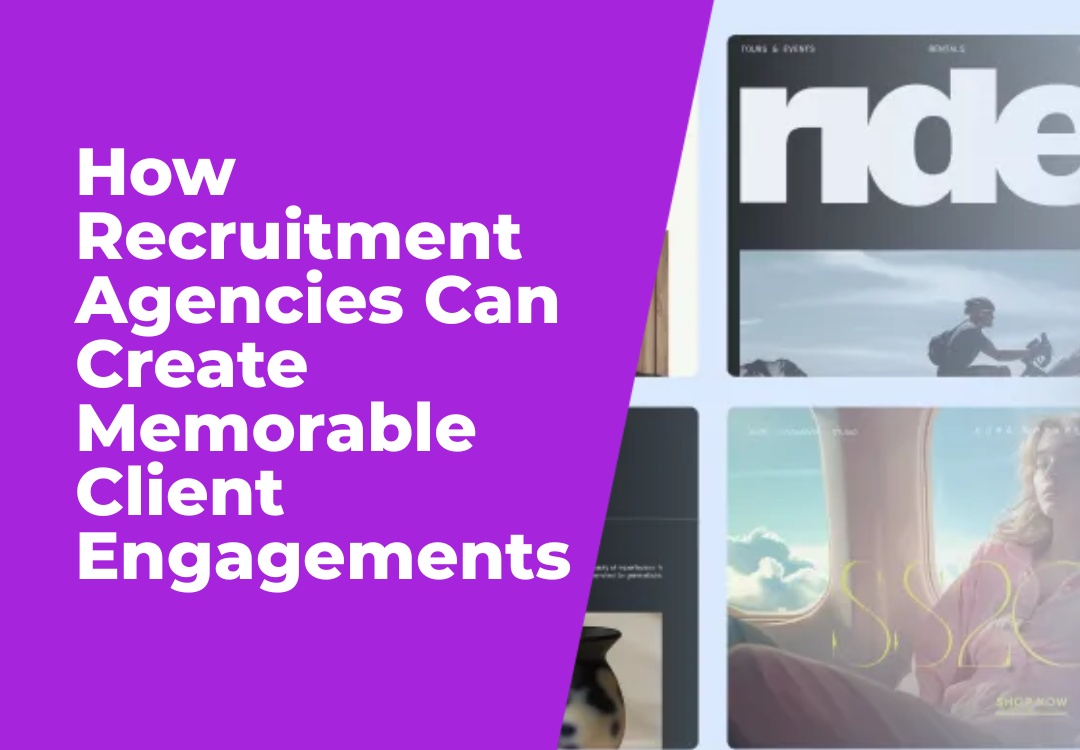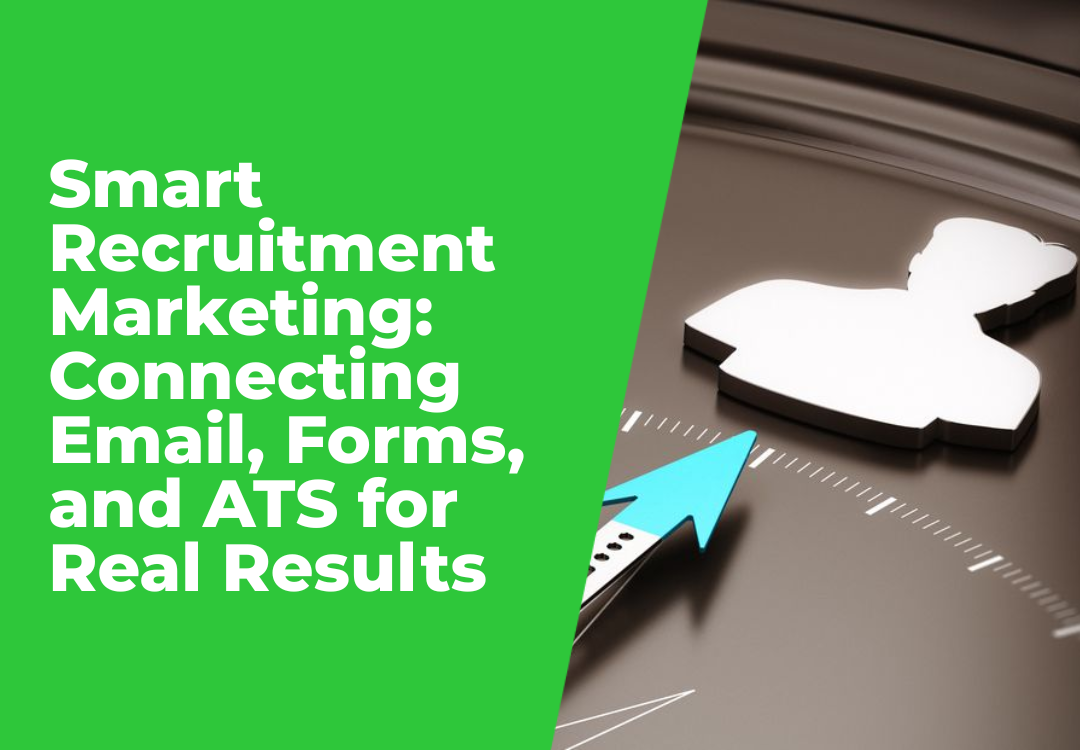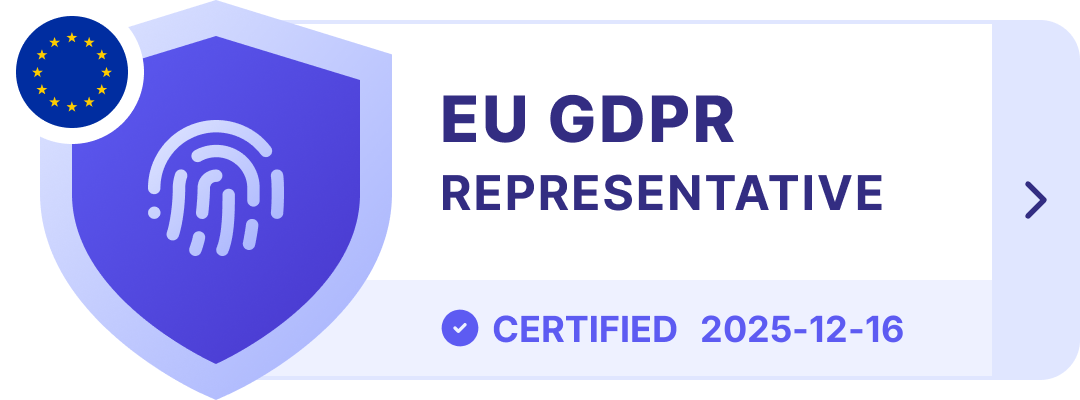TBA- Your Recruitment Website is Live, Now What?
Nicole • October 30, 2016
First and foremost, I'd like to congratulate you on your new website! You're well on your road to improving brand awareness and expanding your business.
While your website is now visible to the entire globe, it's crucial to remember that it's still a living, breathing aspect of your marketing plan. It's something that needs to be nurtured, promoted, and supported indefinitely.
For the meantime, there are a few things you can do to help your site progress and obtain more traction in the search engines. To expand your reach, they entail upgrading, producing, testing, and monitoring aspects on your website and inside your marketing plan.
- Create New Content to Maintain Engagement- Even if your website is up and running, there's still more you can do to help market your brand, increase client engagement, and improve your Google rating.
Writing new content will help you with the following:
- Build out your website with additional service pages or blog content
- Establish yourself as an expert in your industry
- Increase customer engagement and influence conversions
- Improve your SEO efforts
- Generate new leads
- Add customer testimonials if you haven’t done so already
- Create regionally optimized pages if you serve multiple cities
1. Use Landing Pages for Promotion- A landing page is a standalone website page that was designed for an advertising or marketing campaign. When a customer clicks on an ad, they are directed to a landing page. You should construct website landing pages with a call to action when you have specialized business promotions, special events, or paid advertising programs.
2. Test, Test, Test- How can you determine if your website is functioning properly? How can you tell whether your promotions are working? Receiving a sale, believe it or not, does not always imply that your marketing is effective. In fact, a minor tweak here and there might double or triple that sale. You may find out what genuinely inspires your target audience by testing your website and marketing efforts.
3. Monitor Your Marketing Regularly- Monitoring your website, as well as other websites where your company has a presence, is an important aspect of maintaining your reputation and keeping visible to your clients.
These are things that you can do for you to be able to monitor your website regularly.
- Monitor Google for business reviews, and respond to all of them as they come in.
- You’ll also want to monitor comments on your blog, removing spam and joining the conversation.
- Make a habit of checking your inbox for form submissions on a daily basis. You don't want to miss an inquiry from a potential customer or an attempt to book a conversation with you.
- Finally, maintain your social media profiles up to date by responding to reviews, comments, and messages as needed.
You want to make sure everything runs well after you've worked so hard to get your advisor website ready for launch. The items listed above will improve your online presence and SEO rankings, resulting in more leads and conversions for your website. We hope this information is useful in helping you develop the advising website of your dreams!
Your recruitment website can be your best business asset. What are you waiting for? Partner with one of the best recruitment website technology now and contact Shazamme.









